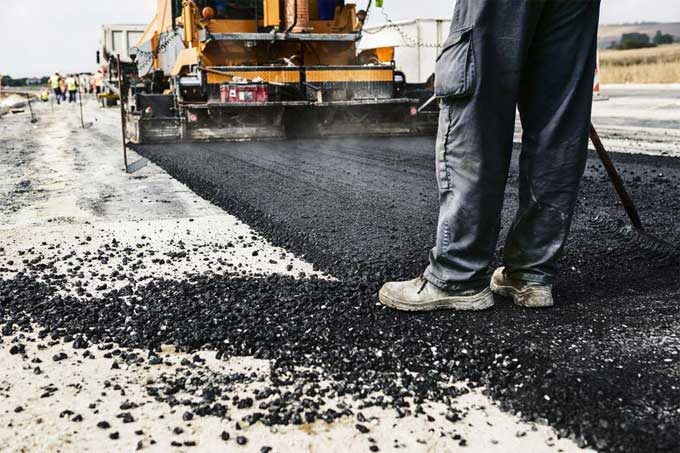
Materials and Techniques for Environmentally Friendly Road Construction

Sustainable road construction has a direct impact on the environment and contributes to global carbon footprints. It is possible to build infrastructure more sustainably and environmentally friendly by using these materials and techniques.
The construction of more sustainable roads involves many factors, from reducing the amount of carbon dioxide that is released to the atmosphere, reducing waste during construction, and incorporating more recycled material, to extending the cycle of pavement life and reducing the need for future maintenance.
Recycled Materials
When building roads, recycled materials like crushed concrete, asphalt, and glass cut down on waste and the need for new materials. The creation of new materials produces more greenhouse gas emissions than recycled materials do.
Permeable Pavement
A type of pavement known as permeable pavement allows water to permeate it, minimizing storm-water runoff and enhancing water quality. This kind of pavement, which is often built of porous concrete or asphalt, might help lessen the urban heat island effect.
Biogenic Asphalt Technology
In the form of a road, biological asphalt binder technology effectively locks away carbon captured during the growth of biomass or plant based materials.
Approximately 6 tons of carbon dioxide equivalents can be captured and stored per kilometer of road. Most of this carbon will not reenter the atmosphere since asphalt can be recycled at the end of the pavement's life. This assists our customers in achieving net zero.
Green Infrastructure
Additionally, incorporating green infrastructure such as bioswales and rain gardens can improve the quality of the water by reducing storm-water runoff. To absorb and treat stormwater before it enters rivers, several measures can be incorporated into the roadside design.
Warm Mix Asphalt
Warm mix asphalt has a low carbon footprint, offering an average reduction of 8-10% in carbon dioxide emissions. In addition to improving productivity, warm mix asphalts are also more time efficient, since they require less time to reach trafficking temperatures and are completed quicker.
With warm mix asphalt on its network, National Highways estimates a 20% increase in shift output. A lower asphalt temperature also reduces fumes and steam on the job site. During nighttime and winter working, visibility will be improved and safety will be improved.
In contrast to conventional hot mix asphalt, warm mix asphalt is manufactured and supplied at a lower temperature. Consequently, they reduce carbon dioxide emissions and offer a range of safety and productivity benefits without compromising performance.
Reclaimed Asphalt Planings
As a construction material, asphalt is already among the most recycled in the world. Recycled asphalt planings (RAP) can be added to asphalt mixes at higher levels for improved sustainability.
It is also possible to recycle planings by using a mobile plant. After crushing and screening, RAP is mixed with additional aggregate, foamed bitumen, and hydraulic cement or lime binder in a highly controlled process.
Geo-synthetics
Synthetic materials called geo-synthetics are used in building to increase soil stability, drainage, and erosion prevention. They can be utilized in road building to lessen the quantity of excavation and grading necessary and to increase the project's overall sustainability.
Lower Carbon Concrete
Over 2000 years of human evolution have been supported by concrete's durability and resilience. Currently, no better construction material exists for many vital applications. We need to evolve our thinking about construction specifications today in light of climate and environmental impacts. There is already a low carbon concrete design that has been proven. The embodied carbon of concrete can be reduced by up to 70%.
Recycling and Reusing
Road construction projects might concentrate on recycling and reusing resources during the construction process in addition to using recycled materials. This can involve using recycled asphalt and concrete, reusing fill materials like dirt and gravel, and incorporating waste items like wood chips into the design of the roadside.
To learn more, watch the following video tutorial.
Video Source: India Science
To minimize carbon emissions, asphalt is supplied in exactly the right quantity, preventing overproduction and waste. It is possible to reduce excess vehicle emissions by minimizing vehicle movements and waiting times.
In addition to improving compaction, finish, and joint quality, materials should arrive at the optimal paving temperature. By doing this, long term carbon emissions can be reduced and pavement life can be extended.


